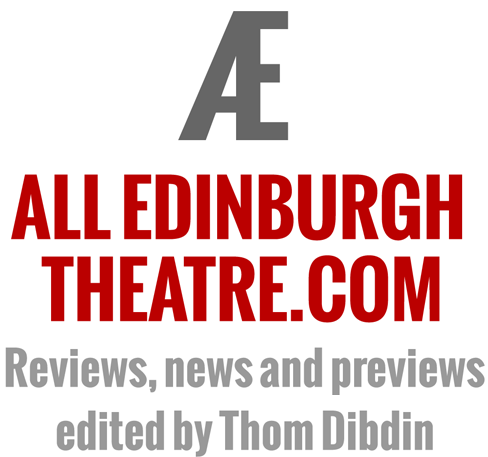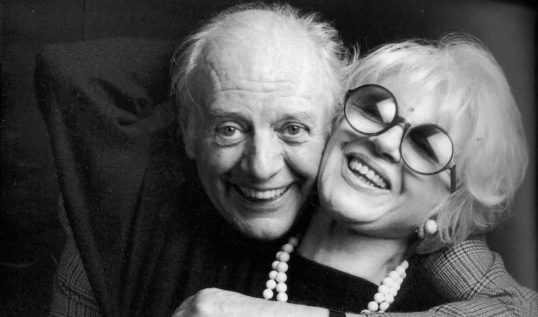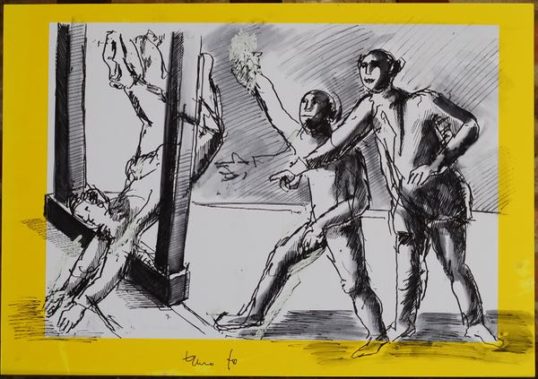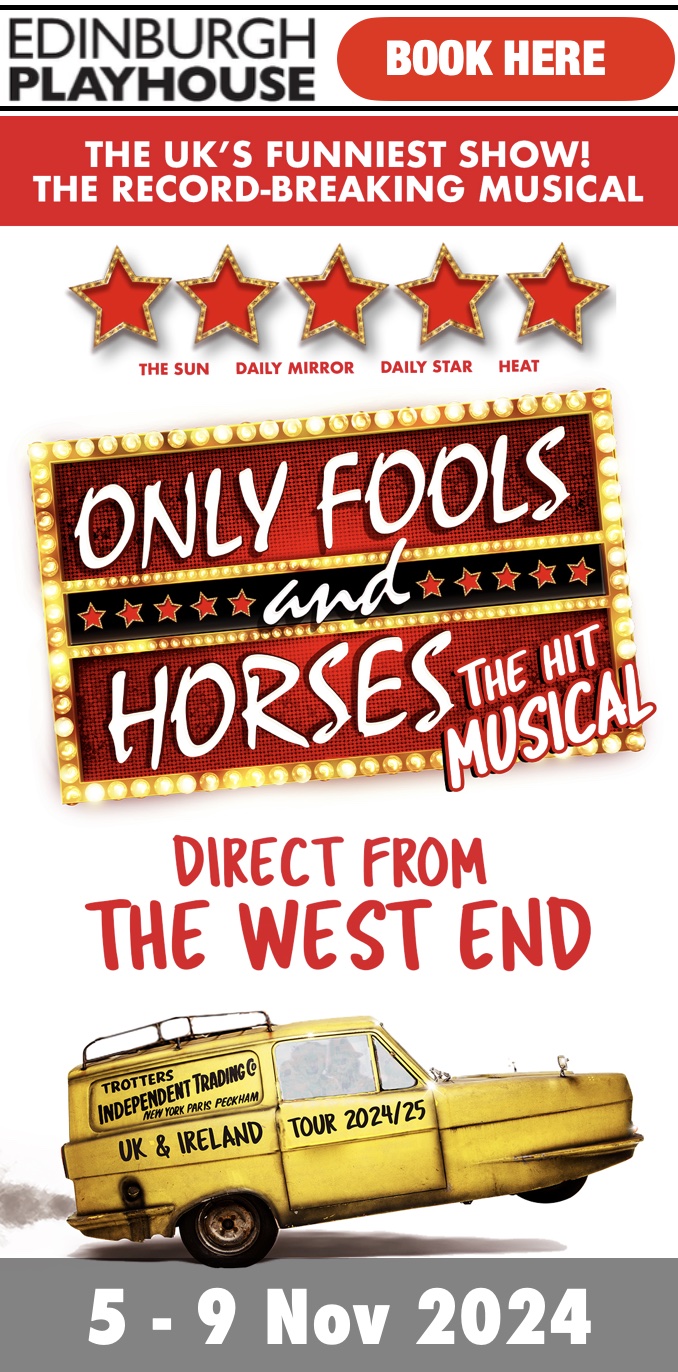In Fo We Trust
Dancing with Colours, Whipping with Words
By Thom Dibdin
Dario Fo is coming to Edinburgh. This Sunday, October 9, the great Italian playwright, performer, comedian, painter and all-round gadfly, will be making a personal appearance at the Lyceum.
In the city which hosts the biggest theatre festival in the world it is easy to become blasé about such announcements, given the annual influx of celebrities, both great and small. Not to mention the stars of television who grace our larger stages through the year.
This, however, is genuine, bona-fide brilliant news. An announcement worth trumpeting to the tree tops and raspberrying to the rafters. And this being a city of festivals, of course a Dario Fo Fest is on the cards – Dancing with Colours, Whipping with Words.
Dario Fo is one of the great theatrical provocateurs. He and the actress and writer Franca Rame, his partner in life and art who died in 2013, forged a new style of riotous farce and popular theatre which built on Commedia dell’arte and took as its subject the burning political and social questions of the day.
Their targets were politicians and organised crime, the Catholic Church, the rich and the powerful – anyone who abused a position of power. And there were plenty of such forces in Italy in the post war years.
Having started out on television, writing sketch show material in the late 1950s, Fo and Rame because household names – but the powers that be didn’t like their satires on bureaucracy, the police, factory work and the economic miracle and they were censored – causing them to walk out during a live performance.
clown
Fo has the ability of the clown to use laughter to both entertain and to provide a deeper social comment. His best known plays of the seventies and early eighties – Accidental Death of an Anarchist, Trumpets and Raspberries, and Can’t Pay, Won’t Pay – might not have been hugely performed in the UK, but for those who saw them or heard of them, their politics began to make sense to a country beginning to come to terms with Thatcherism.
As a clown he has had the highest approval. When the Nobel Prize panel went to award their prize for literature in 1997, they decided to give it to Fo “who emulates the jesters of the Middle Ages in scourging authority and upholding the dignity of the downtrodden”.
However, while Fo is known throughout the world as a playwright, it is less well known that he trained as a painter and that he has been painting all his life. Indeed, when he went to give his acceptance speech for the Nobel Prize, he handed out papers with sketches on to the delegates, explaining that: “For some time it’s been my habit to use images when preparing a speech: rather than write it down, I illustrate it. This allows me to improvise, to exercise my imagination – and to oblige you to use yours.”
So this month’s Dario Fo festival is as much about his art with the first ever UK exhibition of his paintings – “dancing with colours” – as his theatre – “whipping with words”. And with a series of talks, events and performances inspired by his work, it is as much Fo’s outward effect on the world as his own personal life.
The event is organised by Eleven, the company run by Rupert Thomson who was responsible for programming Summerhall until last year. They are working with co-curators: Fo’s biographer and translator Professor Joseph Farrell and Frances Rifkin, director of Implicated Theatre at the Serpentine Gallery.
communicates the soul
Speaking of the art which forms the backbone of the festival, Thomson told Æ: “The great thing for us is that not only is the painting really colourful and interesting in its own rights. But it really communicates the soul of the man and his concerns. And a lot of the paintings are images of the theatre or influences on his work from the classics to the renaissance time. Images relating to his own theatre pieces as well.
“There is a naturally generating narrative there that we think will come across to audiences very strongly from the paintings, and then to have that aligned with Dario in conversation about his work and Scottish works that show his influence and other activities that trace that international connection. That felt like something we would like to create, and the programme we have got does that.”
The exhibition is being shown in three venues that reflect three elements of Fo’s paintings. The Lyceum which will reflect theatre history, the Italian Institute which reflect Italian cultural history and the Scottish Storytelling Centre where the stories of Italian folk lore, ancient stories and the stories of his own work will come into play.
Full Listings & links here: https://www.alledinburghtheatre.com/dario-fo-festival-listings/
ENDS




















Comments (2)
Trackback URL | Comments RSS Feed
Sites That Link to this Post